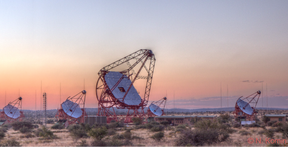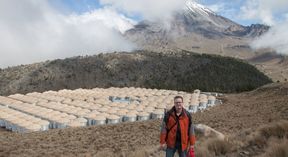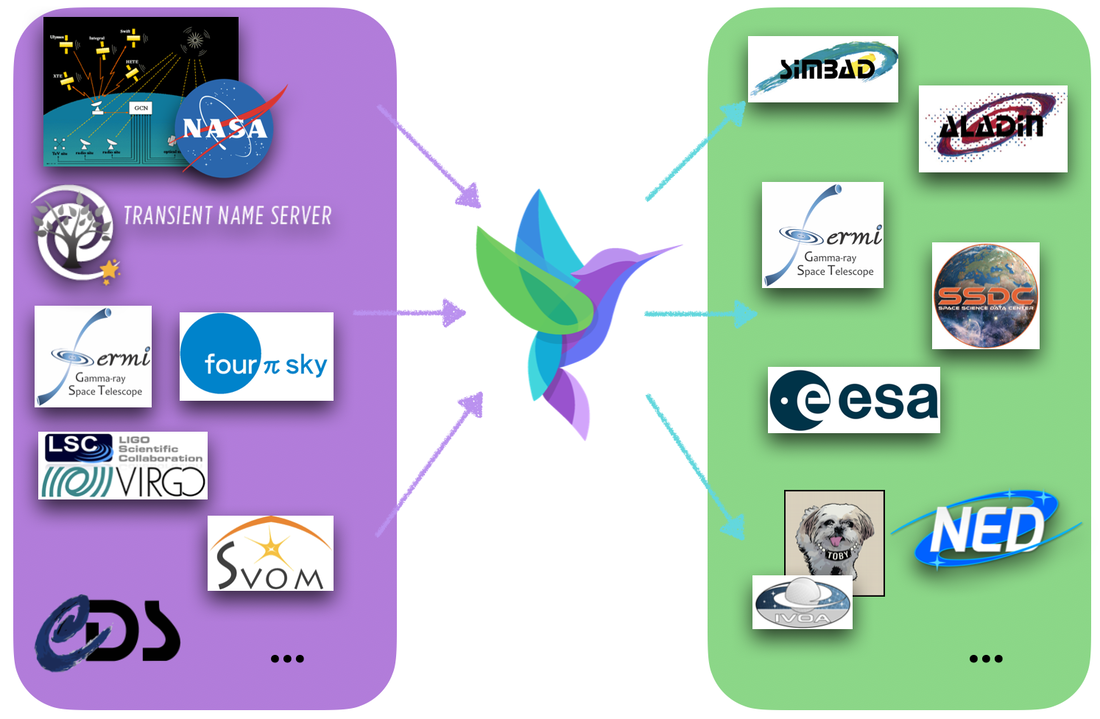RESEARCH |
|
In the most general terms I am searching for the origin of cosmic rays. These are particles that hit the Earths atmosphere with energies orders of magnitude above those achieved in man-made accelerators. More than 100 years after their discovery their origin remains unclear and I am trying to add small pieces to the solve this puzzle.
|



